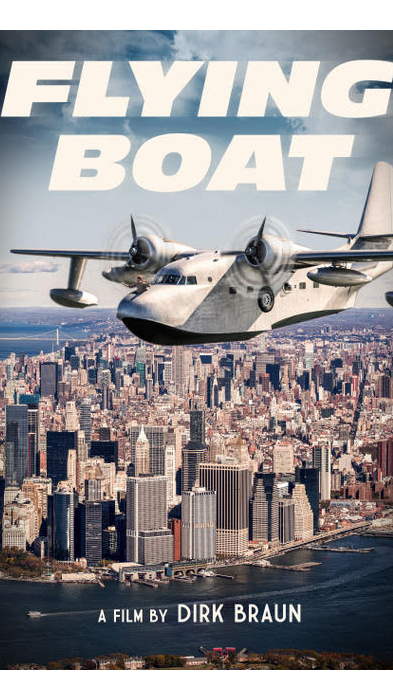
‘Single-Pilot IFR Pro Tips’
Beyond the pink shirt
By Dave Hirschman
Don’t let the dry title fool you. Single-Pilot IFR Pro Tips by Gary Reeves is a lively read full of unconventional wisdom. Reeves, the FAA’s 2019 National CFI of the Year and the force behind pilotsafety.org, is a thoroughly knowledgeable, insightful, and memorable teacher who backs up his recommendations with real-world examples. I’ve flown with Reeves, and he’s got encyclopedic knowledge of IFR procedures, he’s a wizard with aviation technology, and if you ask him nicely, he won’t wear the Pepto-Bismol pink shirts that have become a hallmark in his videos and live presentations. The book only takes a few hours to read, and those of us who have attended a Reeves seminar or two will hear his distinctive voice in our heads throughout the process.
Some of his points are:
- Declare aerial emergencies early and often.
- File and fly IFR on just about every flight.
- Tell ATC “unable” if you feel an instruction jeopardizes safety.
- Fly simulators.
- Use your autopilot extensively.
- Lower your landing gear far from the airport.
- When practicing instrument approaches in VMC, notify the controlling authority.
- Listen before you talk.
- Make your own aircraft checklists.
Personally, I agree with Reeves most of the time—but even when I disagree, his points are provocative, well-argued, and backed up with examples from his vast experience. He tells you what he thinks, and why he thinks it.
Reeves is a highly sought-after instructor and lecturer. Reading his book is like taking a two-hour lesson with him—and that makes the book’s $29.25 price seem like a bargain.
[email protected]
pilotsafety.org
Aviation HISTORY / 100 years ago
October 14, 1921
Seaplanes
 The Loening monoplane Flying Yacht, during an efficiency contest held by the Aero Club of America, establishes a new seaplane efficiency record, making six round trips between Port Washington, New York, and New London, Connecticut, in 5 hours, 33 minutes, carrying 24 passengers total at a cost of operation of $65. The first powered seaplane flight took place in 1910 near Marseilles, France, when Henri Fabre piloted an invention he called the Hydravion. The lightweight canard-equipped airplane had plywood floats that enabled it to take off from and land on water. By the late 1930s, according to a Hartzell history of seaplanes, seaplanes were among the largest and fastest aircraft in the world. “The ability to stop at coastal stations to refuel made flying boats a relatively safe and dependable means of long-distance transportation. Flying boats such as Pan American Airways’ Boeing 314 ‘Clipper’ planes represented the peak of luxury transatlantic flight.” The film Flying Boat debuted at EAA AirVenture this year. Produced by pilot, surfer, and videographer Dirk Braun, the feature-length film honors the legacy of the Grumman HU–16 Albatross (flyingboatfilm.com).
The Loening monoplane Flying Yacht, during an efficiency contest held by the Aero Club of America, establishes a new seaplane efficiency record, making six round trips between Port Washington, New York, and New London, Connecticut, in 5 hours, 33 minutes, carrying 24 passengers total at a cost of operation of $65. The first powered seaplane flight took place in 1910 near Marseilles, France, when Henri Fabre piloted an invention he called the Hydravion. The lightweight canard-equipped airplane had plywood floats that enabled it to take off from and land on water. By the late 1930s, according to a Hartzell history of seaplanes, seaplanes were among the largest and fastest aircraft in the world. “The ability to stop at coastal stations to refuel made flying boats a relatively safe and dependable means of long-distance transportation. Flying boats such as Pan American Airways’ Boeing 314 ‘Clipper’ planes represented the peak of luxury transatlantic flight.” The film Flying Boat debuted at EAA AirVenture this year. Produced by pilot, surfer, and videographer Dirk Braun, the feature-length film honors the legacy of the Grumman HU–16 Albatross (flyingboatfilm.com).


